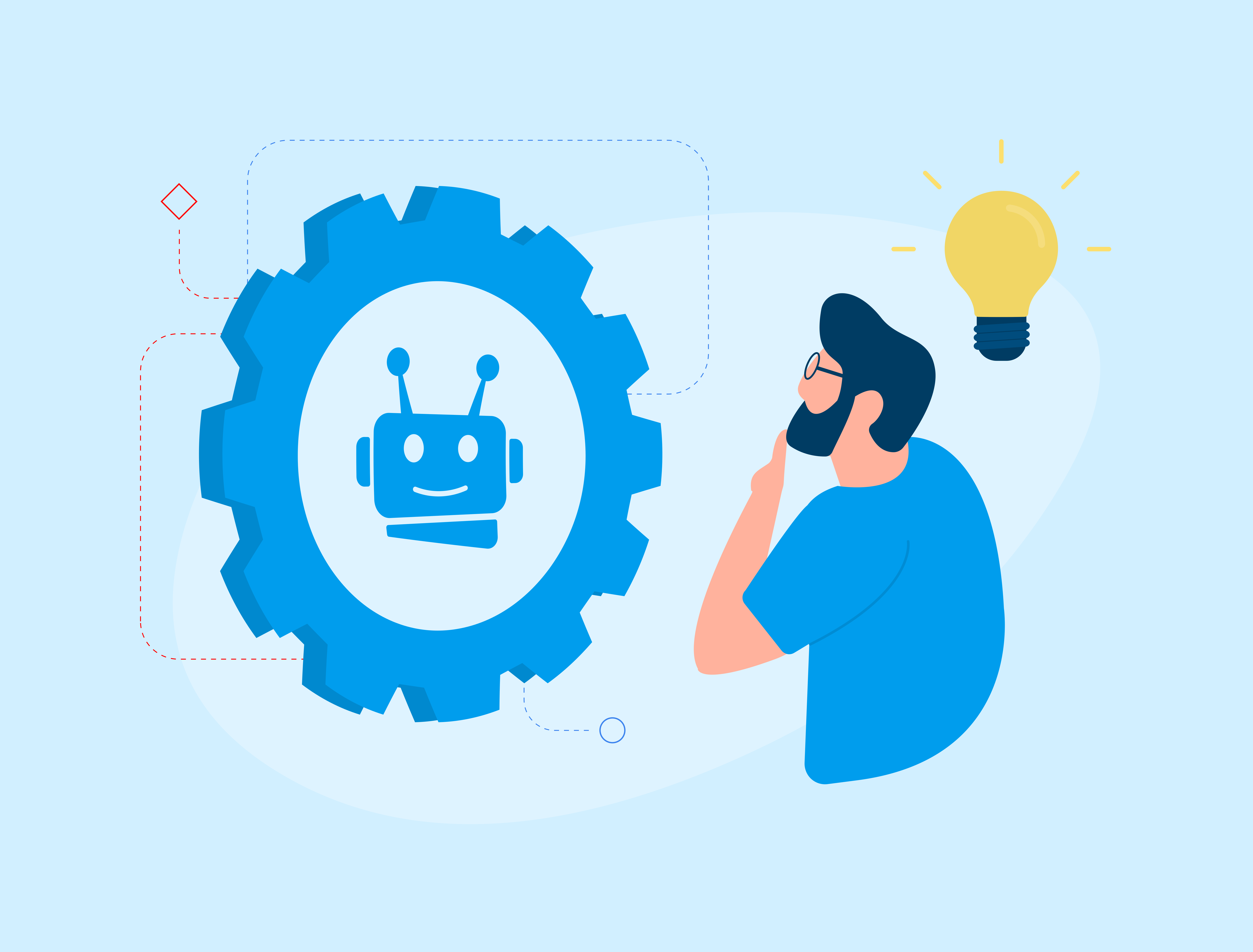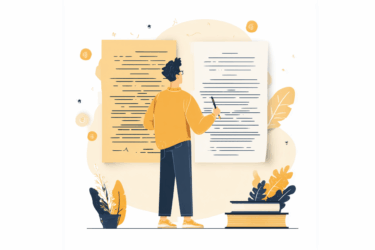If AI text generators have become the biggest challenge of 2023, AI text detectors may be called the most significant doubt. Meant to become a reasonable solution to the problems provoked by Chat GPT and similar tools, AI checkers, however, seem to have brought up even more questions. How accurate are their results, and can AI detectors be trusted? What is the difference between AI and plagiarism check, and are AI detectors really biased against non-native speakers?
In 2024, having compared dozens of various AI detectors and even developed our own, we can shed some light on these concerns.
Who uses AI detectors
First of all, why have AI checkers become a burning issue, and where are they used?
- Education is the number one domain of high demand for accurate AI detection. Teachers need to ensure they check actual students’ works instead of Chat GPT’s outputs, protecting academic honesty.
- Media is another sphere where content authenticity is crucial, and reliability means everything. Meanwhile, AI chatbots are proven to produce text without fact-checking, so their writing can’t be called either objective or credible.
- Digital marketing is challenged by AI technologies and new tools, as the temptation to save time and effort and produce all the content by Chat GPT is strong. However, Search engine algorithms decline machine-written content in high ranking, so SEO specialists and marketers definitely want to check the content for authenticity.
- Recruiters often prefer to deal with human-written CVs and motivation letters instead of machine-composed papers, which is why they also benefit from AI checkers choosing the applications worth considering.
How AI detectors work
The model checking for AI is trained to analyze the text for the traits characteristic of AI writing. One of the main is the perplexity or predictability of the text. Text-generating chatbots tend to opt for the most used words in the expressions they compose, trying to make the output meaningful and coherent, while humans are more creative and unpredictable in their word choices.
Compare:
Children go to school every day. – Highly predictable word usage.
Children go to school every autumn when the school year starts. – Less predictable, however, relatively common.
Children go to school every time the teacher asks them to help with the festival preparation. – Unlikely to be used; needs additional context.
Children go to school every glad to see them. – Unlikely to be used, irrelevant, and grammatically incorrect.
So, the model will analyze the text for AI-common parameters and flag the parts where AI-alike writing has been detected. The more such parts the text contains, the higher the AI-content percentage the tool shows.
Here comes the reason why AI detectors were believed to be biased against non-native speakers. It is true that the tools may take their texts for AI-generated more often, but it’s notA because the model has something against them. The thing is, the writing of non-natives is more predictable, as they may use less diverse vocabulary, tend to choose cliche phrases, and feel less free to play with expressions and be creative, producing unpredictable word combinations. Hence, their writing has high perplexity, which for AI detectors is a sign of AI cheating.
The situation described is a vivid example of why AI checkers can’t be used as the only judgment of the work, and only humans can evaluate someone’s writing. AI detectors, however, are helpful to bring attention to the signs of possible machine writing.
Another characteristic of AI writing is the usage of complex sentences and complicated constructions. The output often sounds a bit monotonous and abstract. Chatbots tend to generate sentences of approximately the same length, while human writing is more rhythmic. In addition, AI output often includes general phrases, trying to be polite and comprehensive; hence, the text may lack individuality and character. People are also capable of producing such texts, which is when false-positive results occur, but mostly AI detectors can catch bot-produced writing quite accurately.
Can AI detectors be trusted
The short answer is yes, but only if you use an AI detector for guidance rather than final judgment.
Even the PlagairismCheck.org AI checking tool, which distinguishes between machine-generated and human-written texts with 97% accuracy, doesn’t give you an unambiguous answer like “Don’t worry, it is for sure human-written paper” or “This text is 100% AI-generated.” Instead, the verdict will sound as “Most likely AI” or “Most likely written by a human,” leaving it for you to make the final decisions.
The thing is the only way to be 100% sure is to see the actual process of writing the text. In all the other cases, the AI-detecting model can determine how similar the paper is to what it knows about AI content. What can you do with the AI detection results, then?
- Trust your experience. If something feels off, and the AI detector says the text is probably AI-generated, it is definitely a sign to look deeper into the issue.
- Use a plagiarism checker. Chat GPT does not create content from scratch but uses available sources without citing them, so often, AI-generated texts have matches with already published pages.
- Check for Authorship, especially if you know the writing style of the text applicant, and it does not sound like theirs.
- Analyze the AI check results: if the detector flagged random words or sentences, there is probably nothing to worry about, as it is unlikely that someone used AI to generate them. However, if the checker highlights extracts or paragraphs, it may be a sign of cheating.
Read detailed instructions on how to interpret the AI check results here.
PlagiarismCheck.org provides a full toolkit for the comprehensive text analysis. Check for AI and plagiarism, verify authorship, and steer clear of mistakes and typos within your convenient workflow. Try it for free now!






